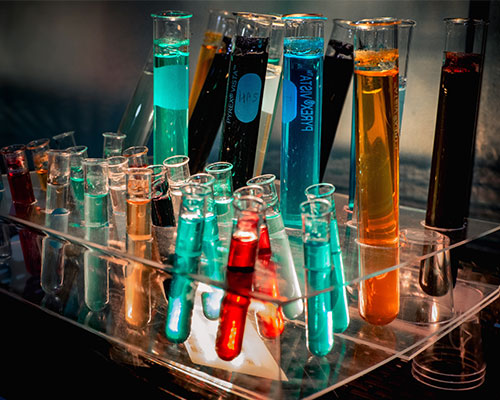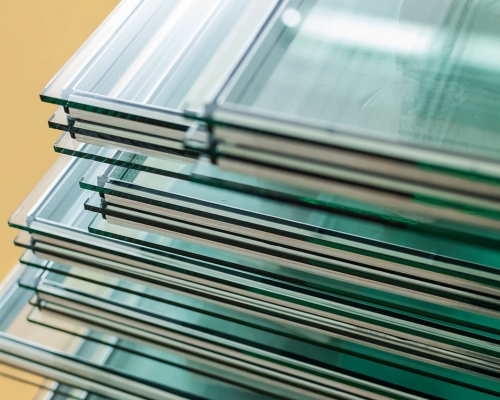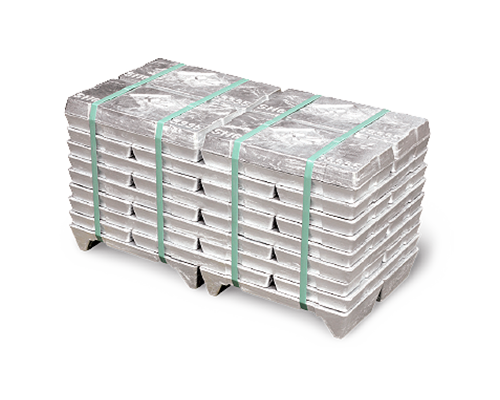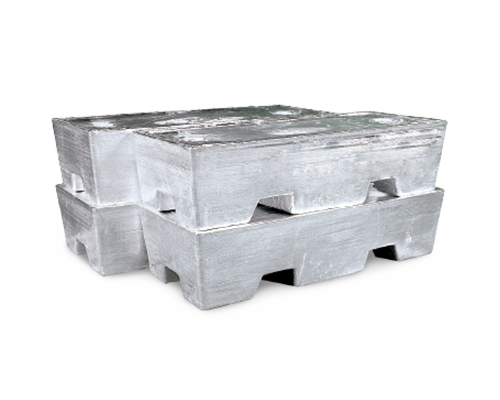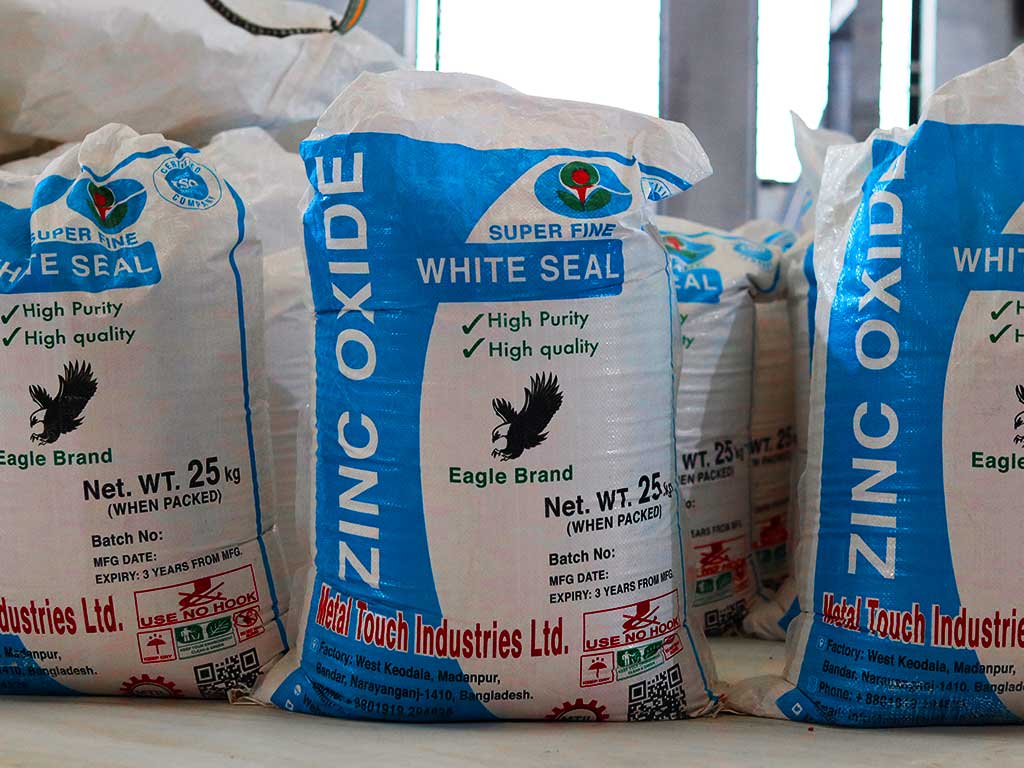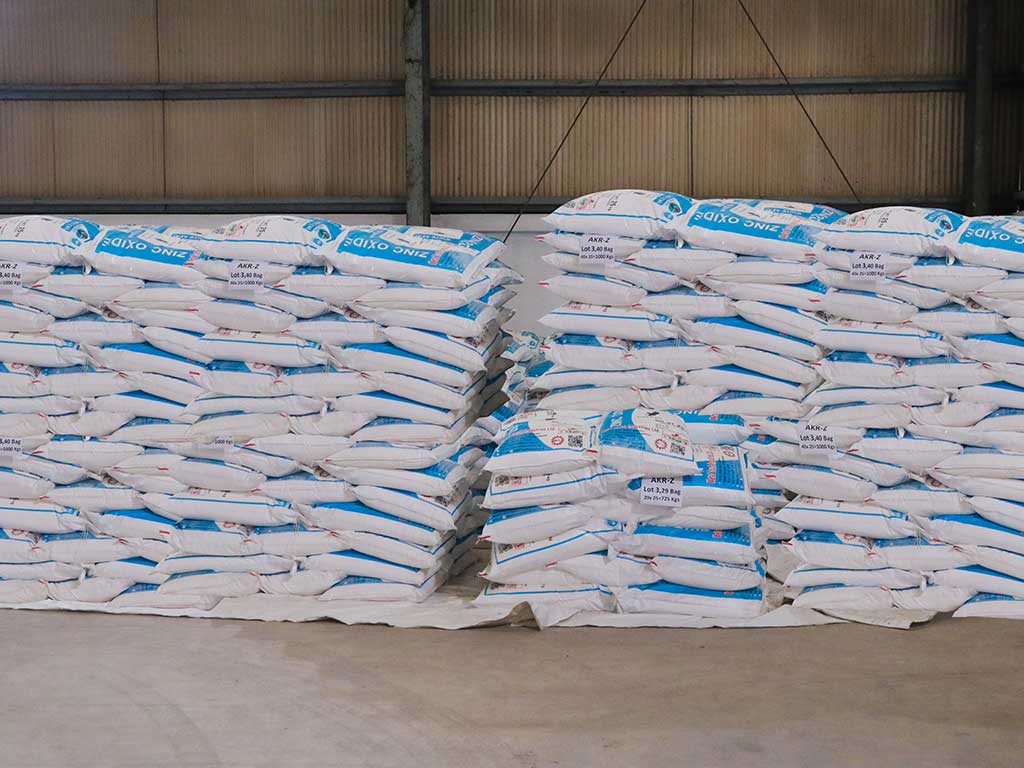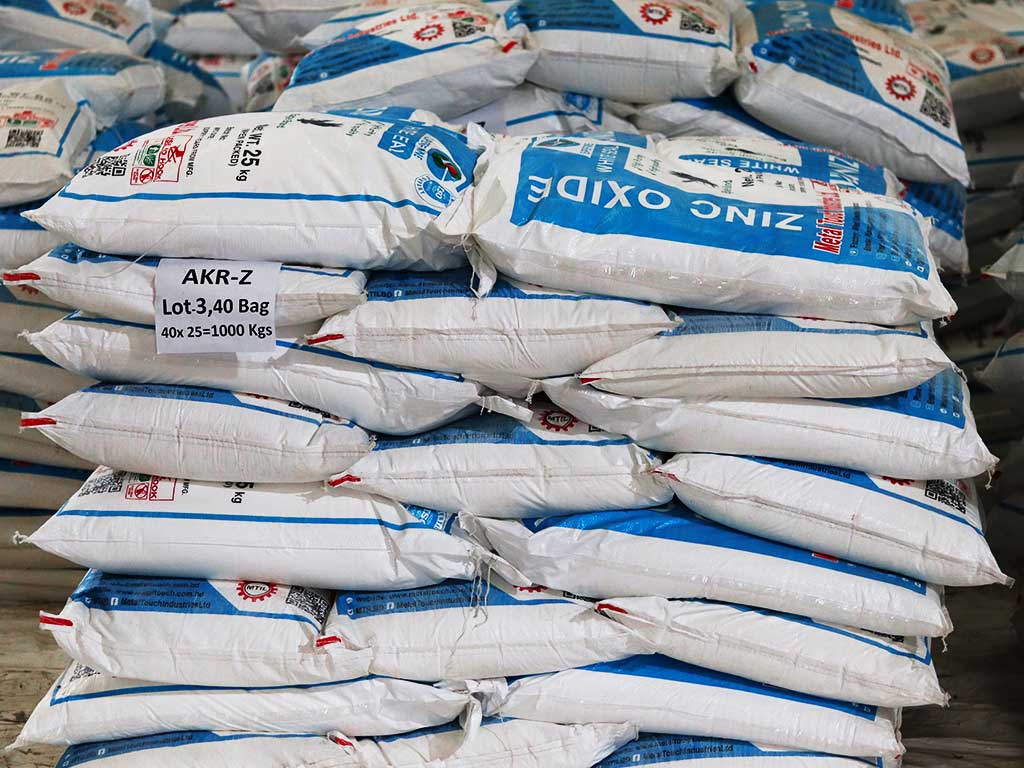Zinc Oxide Raw Material
Manufacturing Process:
What is Zinc Oxide?
- Formula: ZnO
- Molar Mass: 81.38 g/mol
- Amorphous powder
- CAS No.: 1314, 13 , 2
- HS. CODE: 2817.00.10
Sectors we cater to:
- FOOTWARE INDUSTRIES
- CERAMIC / FRIT INDUSTRIES
- COSMETIC INDUSTRIES
- SPECIALITY CHEMICAL INDUSTRIES
- PIGMENT / PAINT INDUSTRIES
- TILES
Unveiling a Crucial Industrial Process
Zinc oxide, a versatile compound with a wide range of applications, is a cornerstone in various industries. Its manufacture involves a meticulous process that blends chemistry and engineering expertise. Here’s a brief overview:
Raw Material Selection: The process begins with the careful selection of high-quality zinc-bearing materials. This can include zinc ores, secondary zinc sources, or recycled zinc.
Roasting and Leaching: The selected raw materials undergo roasting, a thermal treatment in which they’re heated in the presence of air or oxygen. This transforms the zinc-bearing compounds into a more reactive form. The resulting material is then leached, a process where it’s mixed with a solution that dissolves the zinc compounds.
Purification: After leaching, the solution is purified to remove impurities. This step is crucial to ensure the final product is of the highest quality. Various techniques, such as precipitation and filtration, are employed.
Precipitation and Calcination: The purified solution is then subjected to controlled conditions that encourage the precipitation of zinc hydroxide. This is subsequently filtered, washed, and then calcined. Calcination involves heating the precipitate to high temperatures, driving off water and converting it into zinc oxide.
Final Processing: The resulting zinc oxide is further processed based on its intended application. It can be milled to achieve specific particle sizes, surface coatings can be applied for enhanced properties, and it may undergo treatments to modify its reactivity.
Quality Control: Throughout the manufacturing process, rigorous quality control measures are in place. This ensures that the final product meets industry standards and is suitable for its intended applications.
Environmental Considerations: Responsible zinc oxide manufacture involves sustainable practices and environmental stewardship. Efforts are made to minimize waste, control emissions, and recycle process by-products.
Applications: Zinc oxide, in its various forms and grades, finds application in industries ranging from cosmetics and pharmaceuticals to rubber and ceramics. Its unique properties as a multifunctional material make it indispensable in many manufacturing processes.
In conclusion, the manufacture of Zinc Oxide is a complex and precise process that demands expertise and adherence to industry standards. The resulting product serves as a linchpin in numerous industries, highlighting its significance in modern manufacturing.
Zinc Oxide Uses




